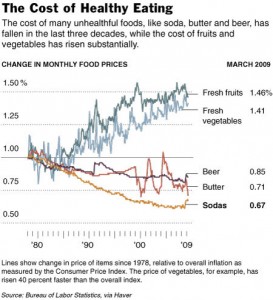Outsourced agriculture: the new colonialism?
The Economist, that radical magazine, has produced an editorial and a long article about how rich countries in the Middle East and Asia are rapidly acquiring agricultural land – and the water rights that go with it – in impoverished developing countries in order to ensure food security for their own populations. The buyers are Saudi Arabia, Kuwait, South Korea, China, and the like. The sellers? Sudan, Ethiopia, Congo, and Pakistan.
If this sounds uncomfortably like colonialism revisited, it is for good reason. As The Economist so nicely puts it, while putting agricultural land to good use might help reduce Third World malnutrition, “these advantages cannot quell a nagging unease.” From whence comes the unease? The deals raise questions about lack of transparency, government collusion, bargain prices, effects on local food markets, and who gets the benefits.
The Economist suggests the need for a dose of skepticism, not least because of the size of the purchases – an astonishing total of 15 to 20 million hectares so far (a hectare is about 2.5 acres). Advises The Economist: “defer judgment and keep a watchful, hopeful but wary eye” on the process.
This sounds optimistic to me. You?


